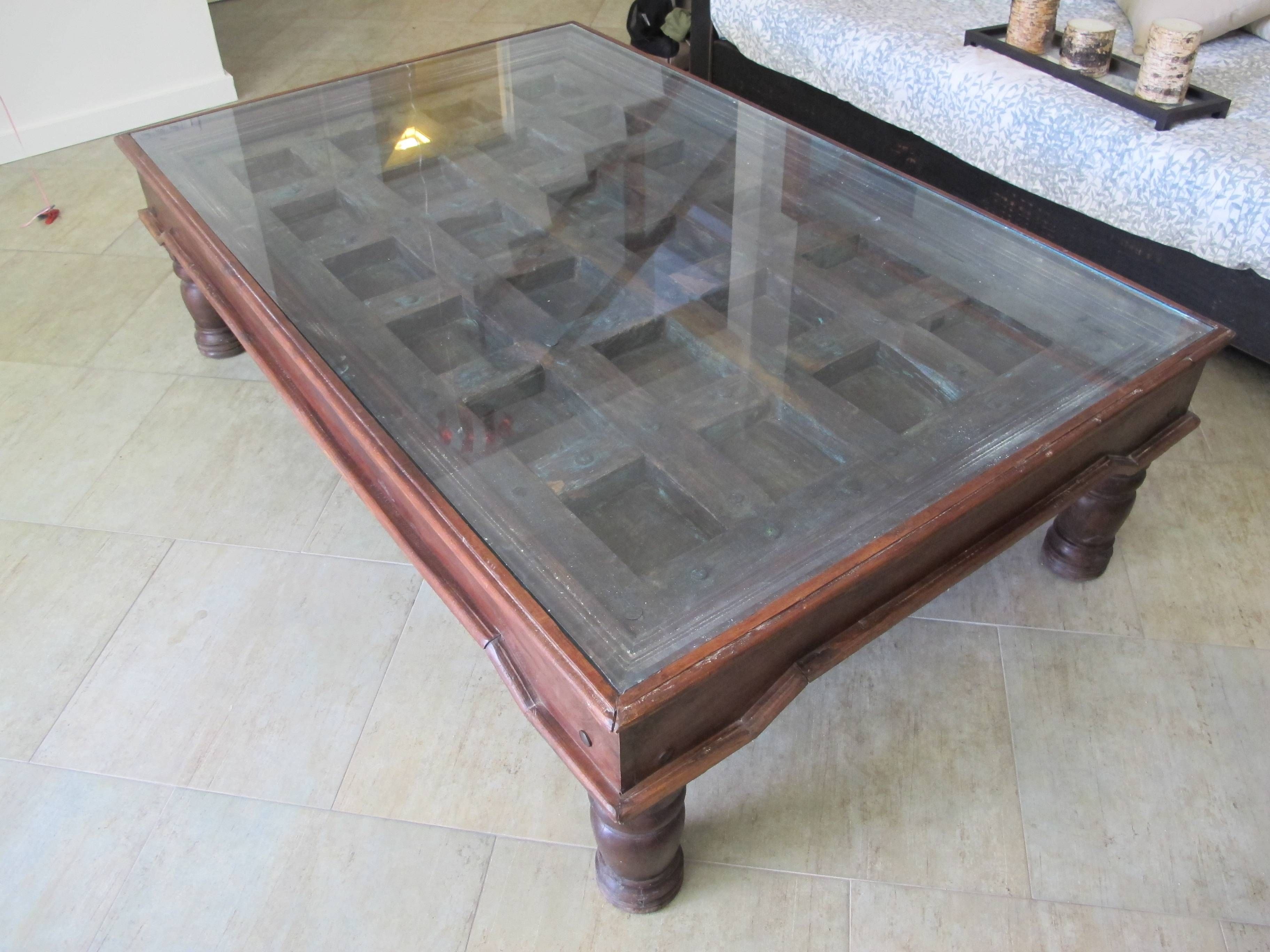

Boiled asparagus is served with olive oil and murri. Vegetables include leeks, endive, melilot, fenugreek, onions, purslane, Jew's mallow and radish. The finished confection was molded into animal or other shapes, or cut into squares and triangles. The raw version, closer to marzipan in consistency, was made by blending the almonds with sugar and flavoring with camphor, musk, and rose water. Lauzinaj yabis was made with ground almonds cooked in boiling honey or sugar until reaching a taffy-like consistency.It was made by filling thin pastry dough with a mixture of ground almond (and sometimes other nuts like pistachio or walnut), rose water, and sometimes luxury flavorings like mastic, ambergris, or musk.

Lauzinaj mugharraq or "drenched lauzinaj", this dish is believed to be an earlier version of the Ottoman dish baklava.There are two versions of the dish known from medieval texts: Or with just vinegar and onion eat your fish and it will still be a tasty dish.ĭescribed as the "food of kings" and "supreme judge of all sweets", lauzinaj was an almond-based confection that had entered medieval European cuisine by the 13th-century from Andalusian influence, returning Crusaders and Latin translations of cookery books. If not, then mustard and garlic mixed with anjudhan and onion, equal parts, will make your relish. But with anjudhan it will be even better. Or make it with vinegar, mahrut, and coriander. Walnut and garlic with yogurt whey are the most you may need for it. The concept of sibagh is so subtle that none other than the smart can fathom. There are similar recipes meant for poultry dishes prepared with seasonings like ginger, pomegranate, spikenard, and cloves.Ī surviving poem about sibagh is attributed to Caliph Al-Mu'tamid: To Ibrahim ibn al-Mahdi are credited two sibagh recipes, one prepared by adding rue, caraway, thyme, asafetida and cassia to the mustard sauce, and another made by mashing vinegar-soaked raisins with garlic, walnut, mustard, vinegar, and seasonings like asafetida and anise.įrom the seventh Abbasid caliph Al-Ma'mun's recipe collection comes a sibagh made with whey, walnut, garlic, olive oil and murri. The 10th-century Kitab al-Tabikh written by Ibn Sayyar al-Warraq gives several recipes to be served with roasted fish, attributed to the various sources. Numerous recipes for sauces ( sibagh) have survived from historic Arabic cookbooks. Raqaq bread was made in two varieties, labiq (soft, thin flatbreads) and jarmazaj (dry, thin bread flavored with tamarisk seeds). They look like crystal trays, and were they indeed so, they would have served us as plates. Radiant and absolute, you may see your image reflected, crystal clear.īarazij rounds glowing with lovely whiteness, more playful than gorgeous singing girls, "In the farthest end of Karkh of Baghdad, a baker I saw offering bread, splendidly marvelous.įrom purest essence of wheat contrived. The white bread barazidhaj was made with high-quality wheat flour, similar to raqaq bread but thicker, the fermented dough was leavened usually with yeast and "baker's borax" ( buraq) and baked in a tandoor.


 0 kommentar(er)
0 kommentar(er)
